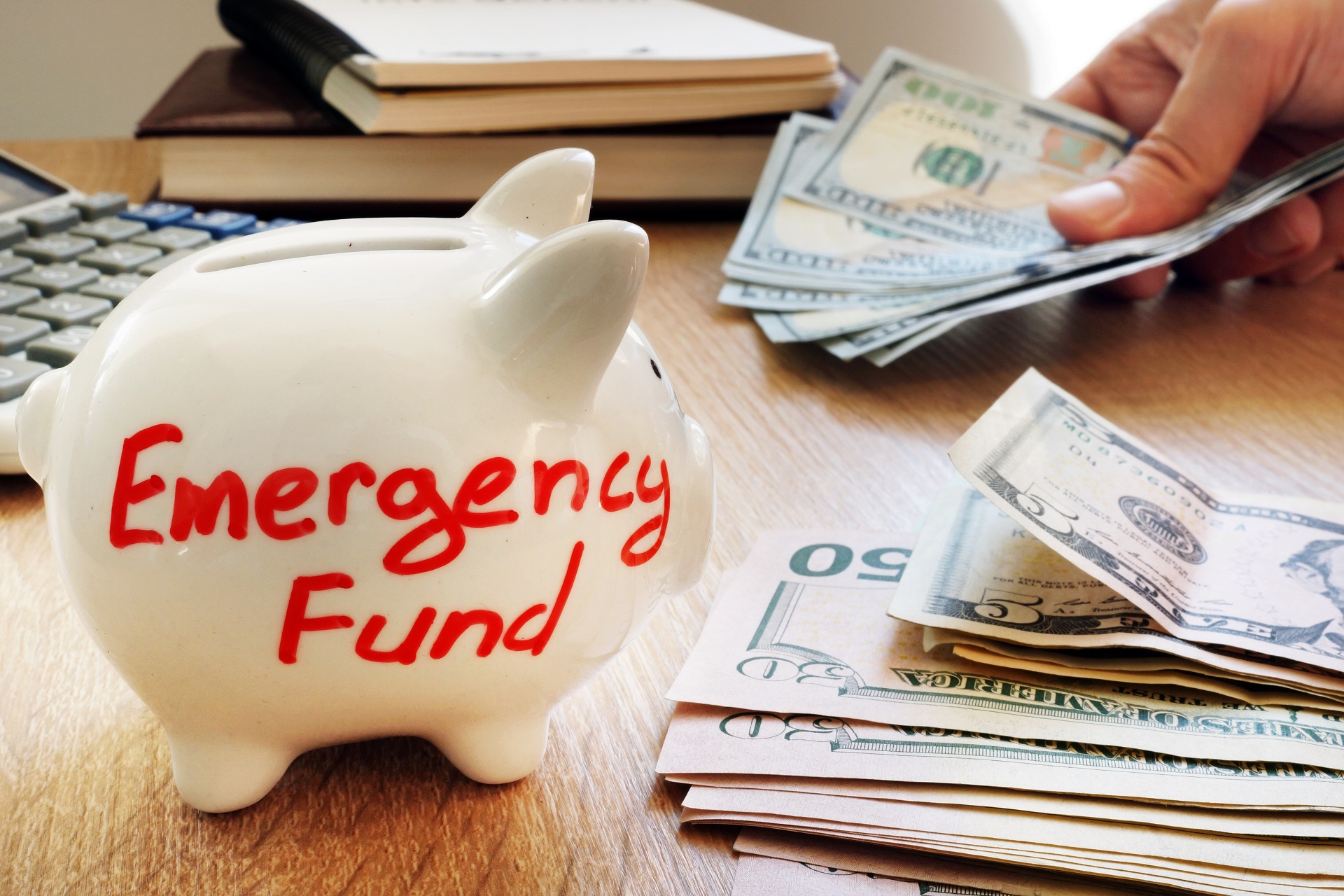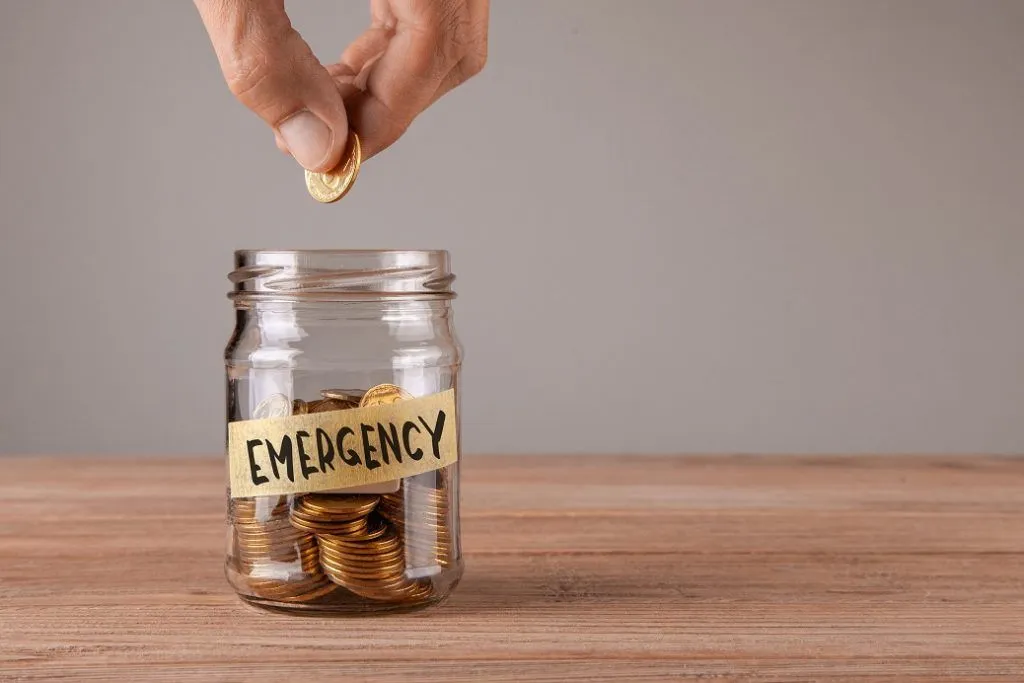Life has a way of throwing financial curveballs when you least expect them. Whether it’s a sudden medical emergency, unexpected car repairs, job loss, or a broken appliance, these unplanned expenses can derail your financial stability in an instant. An emergency fund serves as your financial safety net, protecting you from the stress and debt that often accompany life’s surprises.
Think of an emergency fund as your personal insurance policy against financial uncertainty. It’s a dedicated pool of money set aside specifically for unexpected expenses that fall outside your regular monthly budget. Unlike other savings goals, this fund exists solely to provide immediate access to cash when emergencies strike, allowing you to handle crises without compromising your long-term financial goals or resorting to high-interest debt.
Building an emergency fund isn’t just about having money available—it’s about creating peace of mind and maintaining control over your financial future when unexpected events threaten to disrupt your stability.
What Qualifies as a Financial Emergency

Understanding what constitutes a true emergency is crucial for maintaining your fund’s integrity. Genuine emergencies are unexpected, urgent, and necessary expenses that cannot be postponed or planned for in advance.
Medical emergencies top the list, including unexpected hospital visits, emergency surgeries, or urgent dental work not covered by insurance. Job loss or sudden reduction in income represents another critical emergency, especially when it affects your ability to meet basic living expenses.
Major home or vehicle repairs also qualify when they’re essential for safety or daily functioning. A broken furnace in winter, a leaking roof, or transmission failure in your primary vehicle all constitute legitimate emergencies.
However, it’s important to distinguish between wants and needs. Vacation expenses, holiday shopping, or upgrading to a newer phone don’t qualify as emergencies, even if they feel urgent at the moment.
How Much Should You Save
The ideal emergency fund size depends on your personal circumstances, but financial experts generally recommend saving six to nine months’ worth of essential monthly expenses. This calculation should focus on unavoidable costs like rent or mortgage payments, utilities, insurance premiums, minimum debt payments, groceries, and transportation.
For a practical example, if your essential monthly expenses total ₹35,000, your emergency fund should range between ₹2,10,000 to ₹3,15,000. However, your specific situation may require adjustments to this baseline.
Single-income households typically need larger emergency funds—potentially 10-12 months of expenses—since they lack the backup income that dual-income families enjoy. Freelancers and contractors with irregular income should also lean toward the higher end of the range due to income volatility.
Dual-income families with stable employment might manage with six months of expenses, as they have multiple income sources to rely on during emergencies.
Where to Keep Your Emergency Fund

Accessibility is paramount when choosing where to store your emergency fund. The money must be readily available when you need it, which means avoiding investments subject to market volatility or withdrawal penalties.
High-yield savings accounts offer an excellent balance of accessibility and growth. These accounts provide better interest rates than traditional savings while maintaining the liquidity essential for emergency funds.
Fixed deposits can work for a portion of your emergency fund, especially if your bank offers premature withdrawal options without significant penalties. However, avoid locking up your entire emergency fund in long-term deposits.
Money market accounts and short-term government securities also provide viable options, offering slightly higher returns while maintaining relative safety and accessibility.
Building Your Emergency Fund Step by Step
Start small and build consistently rather than waiting until you can save large amounts. Set a practical monthly savings goal that fits your budget—even ₹2,000-3,000 monthly can accumulate into a substantial fund over time.
Automate your savings by setting up automatic transfers to your emergency fund immediately after receiving your salary. This “pay yourself first” approach ensures consistent contributions before other expenses consume your income.
Redirect windfalls like tax refunds, bonuses, or gifts directly into your emergency fund to accelerate your progress. These unexpected income sources can significantly boost your fund without affecting your regular budget.
Track your progress regularly and replenish any withdrawals promptly to maintain your fund’s integrity. Remember, building an emergency fund is a marathon, not a sprint—consistency matters more than the amount you save each month.
An emergency fund represents one of the most important financial tools you can build, providing security, peace of mind, and financial flexibility when life’s uncertainties arise.
